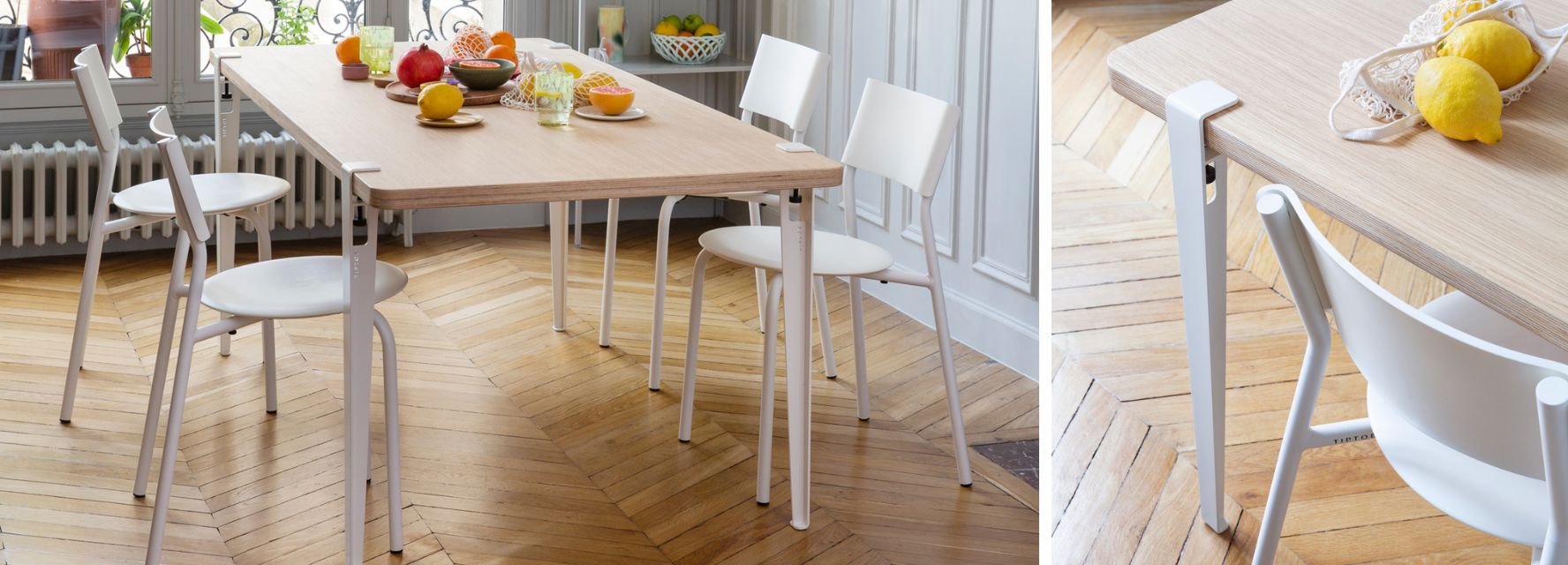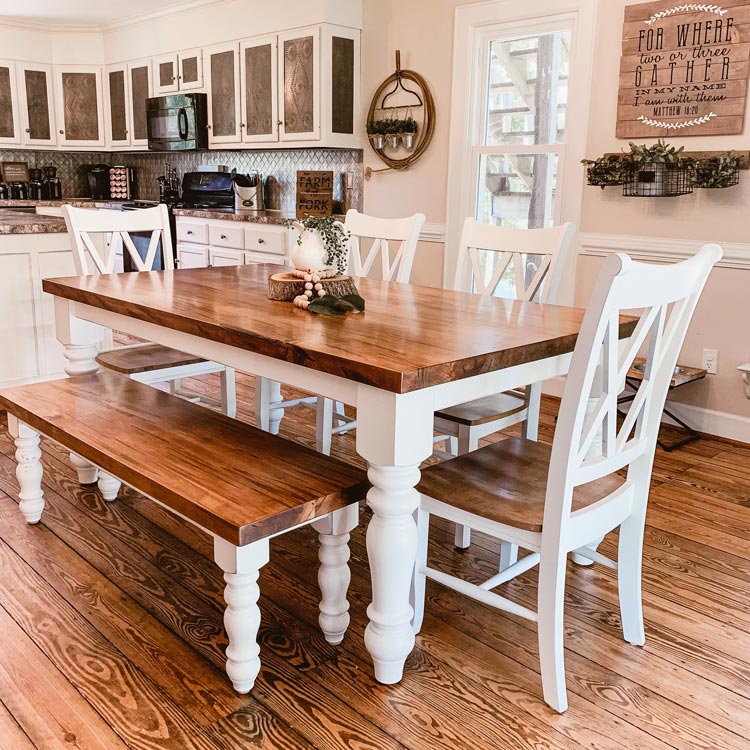Why Dining Room Table Legs Are Crucial for Your Table’s Stability
Why Dining Room Table Legs Are Crucial for Your Table’s Stability
Blog Article
From Conventional to Modern: Find the Perfect Dining-room Table Legs for Your Design
While traditional layouts such as cabriole and transformed legs evoke a sense of classic sophistication, contemporary designs like barrette and geometric options present a chance for striking aesthetic interest. As you consider these aspects, the question stays: just how can you seamlessly integrate these diverse leg styles to produce an unified eating experience?
Understanding Table Leg Styles
The variety of dining space table leg styles can substantially influence both the appearances and capability of the room. Each leg design adds special aesthetic aspects and useful features, providing to diverse design preferences and use demands. Comprehending these styles is essential for selecting the right table that lines up with your general interior decoration vision.
For circumstances, conical legs provide a clean, timeless appearance that can enhance a room's style, while pedestal bases offer security and make the most of legroom, making them ideal for smaller sized spaces. Barrette legs, a trademark of mid-century modern layout, introduce a commercial flair, enabling a ventilated, open feeling. Trestle legs stimulate rustic charm, giving robust assistance and a sense of eternity.
Additionally, the choice of products plays a significant duty. Wooden legs can bring heat and texture, whereas steel options commonly convey a streamlined, contemporary ambiance. Ultimately, comprehending table leg styles is necessary for creating a cohesive eating area that shows individual style while making certain practicality and comfort. By attentively considering these elements, you can boost both the functional and aesthetic charm of your eating space.
Traditional Table Leg Options
When choosing dining-room table legs, traditional alternatives usually embody ageless beauty and craftsmanship. These designs reflect a rich heritage and a commitment to high quality, making them suitable for those that appreciate traditional visual appeals.
One of the most famous traditional leg styles is the cabriole leg, characterized by its graceful curved shape. This design frequently features ornamental carvings and is most typically discovered in Queen Anne and Chippendale furniture. Another popular option is the turned leg, which boasts a series of smooth, rounded forms that give a timeless appearance while preserving stability.
Additionally, the straight leg, while basic, uses a strong and unadorned framework that can mix flawlessly with a selection of tabletop designs. For those drawn to ornate detailing, claw-and-ball feet legs stimulate a feeling of magnificence and can work as a spectacular prime focus in any kind of eating area.
Lastly, stand bases, although not purely legs, offer an alternative typical alternative that permits sufficient legroom and can be beautifully sculpted. Each of these standard leg styles adds to the total atmosphere of a dining area, marrying function with visual appeal.

Modern Table Leg Layouts
Modern table leg styles provide a varied range of styles that emphasize tidy lines and ingenious products. These layouts often anchor focus on capability while working as striking focal factors within a dining space. Minimal visual appeals prevail, with legs crafted from products such as metal, glass, and engineered timber, which contribute to a airy and modern feeling.
One popular style is the hairpin leg, characterized by its slim, conical framework that supplies stability without frustrating the tabletop (dining room table legs). This style is often discovered in mid-century modern-day furnishings and can effortlessly match numerous dining table shapes. One more fad is making use of geometric shapes, where legs may handle asymmetrical or angular types, including aesthetic passion and a touch of artistry

Mixing Styles for Distinct Spaces
Typically, property owners seek to create one-of-a-kind eating areas that reflect their individual design by blending various layout components. This technique enables the incorporation of varied appearances, causing a harmonious yet distinctive setting. As an example, matching a rustic wooden table with streamlined, contemporary metal legs can develop a captivating contrast that boosts the space's overall allure.
Furthermore, integrating vintage table legs with modern tabletops can stimulate a sense of background while maintaining a contemporary sensibility. Such mixes not only display private taste however also motivate creativity, enabling homeowners to curate an area that really feels both personal and welcoming.
Color plays an essential duty in this blending process; picking table legs that complement or comparison with the existing color design can a fantastic read boost aesthetic interest. Whitewashed legs can soften the daring of a dark table surface area, developing a balanced visual.
Tips for Picking the Right Legs
Selecting the right table legs is necessary for achieving both performance and visual allure in your dining space. Begin by taking into consideration the total style of your space. Standard setups benefit from legs that include elaborate makings or transformed styles, while modern areas may require smooth, minimalist designs.
Next, evaluate the height and stability of the legs. dining room table legs. Basic table range between 28 to 30 inches in height, so make certain the legs match this measurement for convenience. Furthermore, robust materials, such as wood or steel, can enhance stability and long life
Assess the leg shape too-- options include directly, tapered, or pedestal layouts. Straight legs provide a classic look, while conical legs can add a touch of style. Pedestal bases offer sufficient legroom and are optimal for smaller sized spaces.
Verdict
In summary, selecting the ideal dining area table legs calls for careful consideration of both conventional and contemporary designs. By harmonizing leg style, elevation, and material with the overall decoration, a cohesive and go to the website inviting atmosphere can be accomplished.
The range of dining room table leg styles can dramatically influence both the looks and capability of the room. Inevitably, recognizing table leg styles is vital for developing a cohesive dining location that reflects individual style while making certain functionality and comfort.One of the most legendary conventional leg designs is the cabriole leg, characterized by its graceful rounded form. Straight legs provide a timeless appearance, while conical legs can add a touch of sophistication.In summary, picking the excellent eating space table legs needs careful factor to consider of both traditional and modern designs.
Report this page